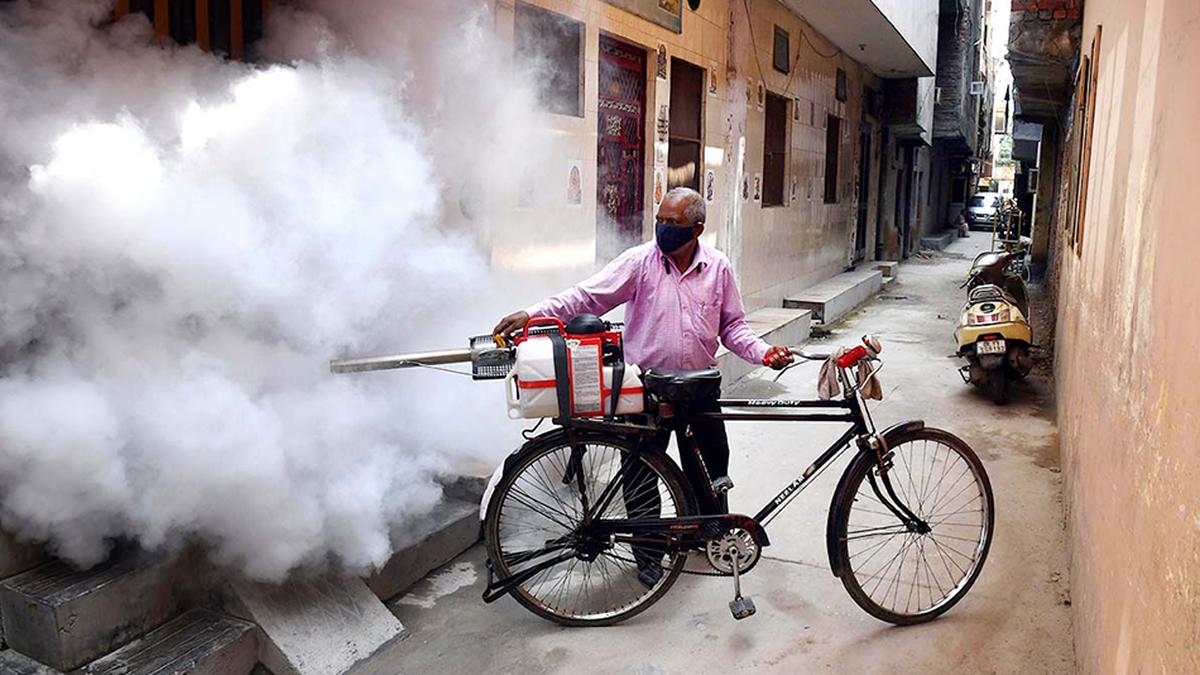
As malaria cases fall, a look at Tamil Nadu’s strategies for elimination Premium
The Hindu
India aims to eliminate malaria by 2030, with significant progress made through better surveillance and access to treatment.
Reports from the World Health Organization and the Commonwealth Malaria Report have indicated that India is set to eliminate malaria by 2030. The number of deaths from malaria has significantly fallen, with better surveillance and access to diagnosis and medicines, the reports add.
Malaria, the WHO says, is a life-threatening disease spread to humans by some types of mosquitoes. It is mostly found in tropical countries. It is preventable and curable. The infection is caused by a parasite and does not spread from person to person. Malaria can be prevented by avoiding mosquito bites and with medicines. Treatments can stop mild cases from getting worse.
In Tamil Nadu, for the past two years, only around 340 cases were reported, says Director of Public Health T.S. Selvavinayagam. This turnaround was made possible due to steady surveillance, he adds. “When fever is reported the entire area is brought under surveillance. All institutions must be notified of fever surveillance. This enables the Health Department to get details of where the fever has occurred, who is affected and in which location,” he explains.
Dr. Selvavinayagam goes on to detail: “Once we identify the location where there has been a fever case, the environmental factors are identified. These could be water stagnation or issues with water storage containers. Then we expand the periphery of surveillance and we continue to monitor intensively, undertake anti-vector activities etc. We rapidly search for hidden cases as we know what the precipitating factor is. The idea is to explore the hidden cases and bring them to light.”
The Health Department then takes up routine anti-malarial activities. “We continue to monitor the area for years together if it is a high risk area,” he says.
The female Anopheles mosquitoes that spread malaria breed in fresh water, coastal and dirty water. Four types of malaria are commonly found in the country: Plasmodium vivax, plasmodium falciparum, plasmodium ovale and plasmodium malariae.
“In Tamil Nadu we see two varieties of malaria commonly – vivax and falciparum. The latter is imported,” says former DPH K. Kolandaisamy. “Uncovered overhead tanks, wells, riverine areas and quarries are breeding sources,” he explains. Other areas include coconut groves and places of religious congregations such as Rameswaram.

 Run 3 Space | Play Space Running Game
Run 3 Space | Play Space Running Game Traffic Jam 3D | Online Racing Game
Traffic Jam 3D | Online Racing Game Duck Hunt | Play Old Classic Game
Duck Hunt | Play Old Classic Game











